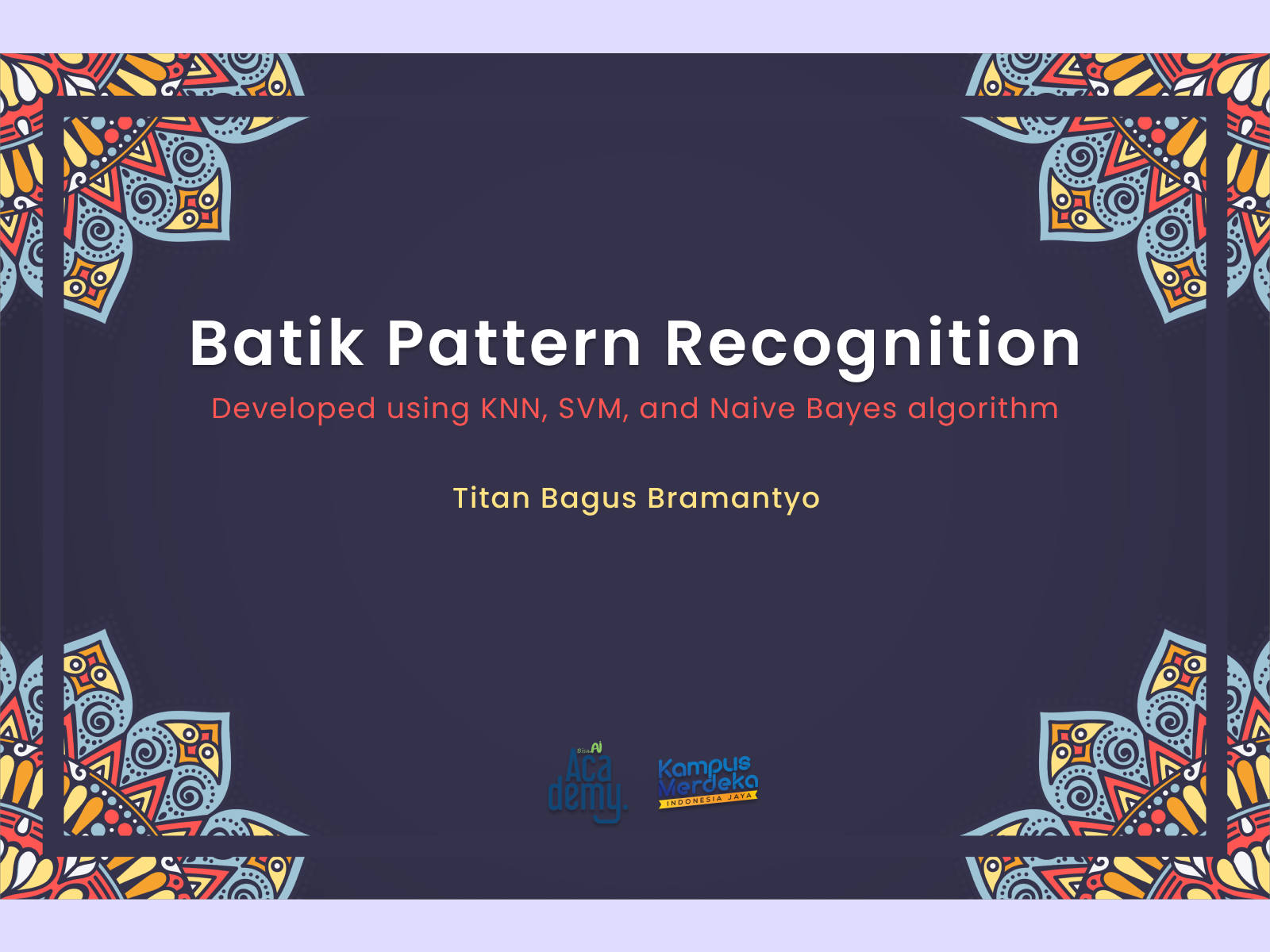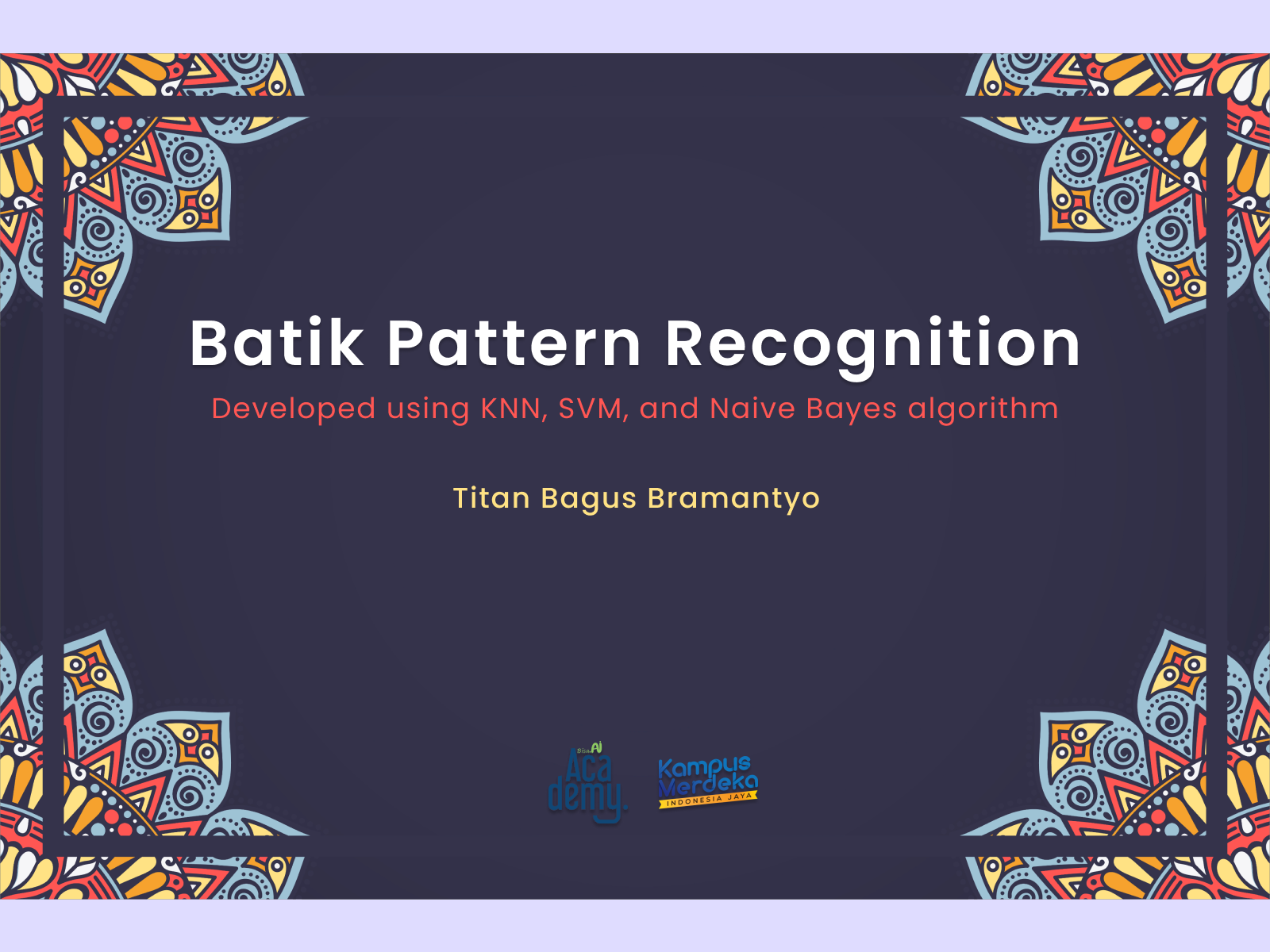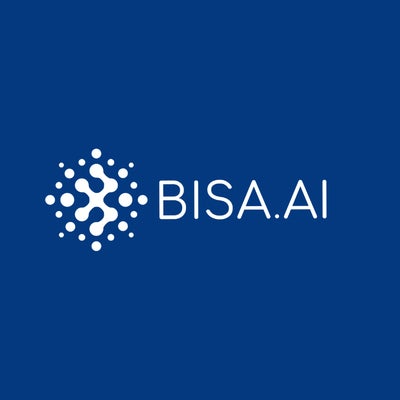
Batik Pattern Recognition - Classification
Titan Bagus Bramantyo
Summary
Batik has long been referred to as the traditional fabric of Indonesia. In 2009, Batik was added to UNESCO’s Intangible Cultural Heritage of Humanity list. Annually, October 2nd is known as Batik Day for the Indonesians to celebrate the historical craft. The art of batik was initially brought down through the generations, so sometimes a pattern can be identified being from a specific family pattern. Some batik might indicate a person's status. Even today, the Yogyakarta and Surakarta royal families are the only ones who use some traditional batik patterns. Through this project, I intend to build a machine learning model-based image recognition algorithm that could recognize batik patterns automatically.
Analyst : https://linkedin.com/in/titanbr
Description
Background
Batik has long been referred to as the traditional fabric of Indonesia. In 2009, Batik was added to UNESCO’s Intangible Cultural Heritage of Humanity list. Annually, October 2nd is known as Batik Day for the Indonesians to celebrate the historical craft. The art of batik was initially brought down through the generations, so sometimes a pattern can be identified being from a specific family pattern. Some batik might indicate a person's status. Even today, the Yogyakarta and Surakarta royal families are the only ones who use some traditional batik patterns.
However, the issue nowadays is by the changing demographics and the decreasing interest in cultural knowledge. The fact that the younger generation no longer recognizes the batik patterns that are around them is quite worrisome.
Problem Statement
- What contribution could machine learning have on the batik pattern recognition concern?
- Which algorithm is the most appropriate to be used in the process of recognizing batik pattern between KNN, SVM, and Naive Bayes?
Motivation
I hope to contribute in the preservation of Indonesian batik culture through developing this model. The youth of today can recognize and learn about the various variations of batik patterns they see more simply due to the batik pattern recognition model. Through this way, Indonesian batik culture could well be brought down to the next generation.
Analysis Goal
- Build a batik pattern recognition model.
- Obtain a suitable algorithm for process in batik pattern recognition model.
Method
1. Image acquisition
In this portfolio I use a dataset of images personally collected on the internet. Total there are 98 images were collected, consisting of49 Ceplok batik images and 49 Parang batik images. Each batik pattern is divided into 40 images for training and 9 images for testing.
2. Image pre-processing
Importing the library that will be used during the model build process must be executed first. The process then continues by creating a function which is used to process LBP on each picture later. In addition, in this process also carried out the process of loading images which will later be used as datasets. After the images are loaded in the dataset, the next process is the application of the LBP and transpose functions so that they can be processed into the model.
3. Image labeling
After preprocessing is complete and the image dataset has been collected, the next step is to labeling each image according to the batik pattern. There are two pattern types that used in this project, Ceplok and Parang pattern. For further project, the researcher could add more various pattern, so the model can recognize more batik patterns.
4. Build model and training
6. Testing model
Result
Here is the result of those algorithms.
| Algorithm | Accuracy Result | Note |
|---|---|---|
| K-Nearest Neighbors Classifier (KNN) | 78, 33% | Best accuracy is at the n-value = 4 |
| Support Vector Machine Classifier (SVM or SVC) | 76, 66% | - |
| Naive Bayes | 78, 33% | - |
The accuracy of the result of recognition will enhance towards a model's accuracy value. Therefore, it was determined from the experimental model results that the KNN and Naive Bayes algorithms give the same and higher accuracy values compared to SVM.
Repository access : https://github.com/katibpasha/data_science_portfolio/tree/main/Project/Machine-Learning/Rekognisi-corak-batik
Informasi Course Terkait
Kategori: Visual RecognitionCourse: Machine Learning For Beginner




